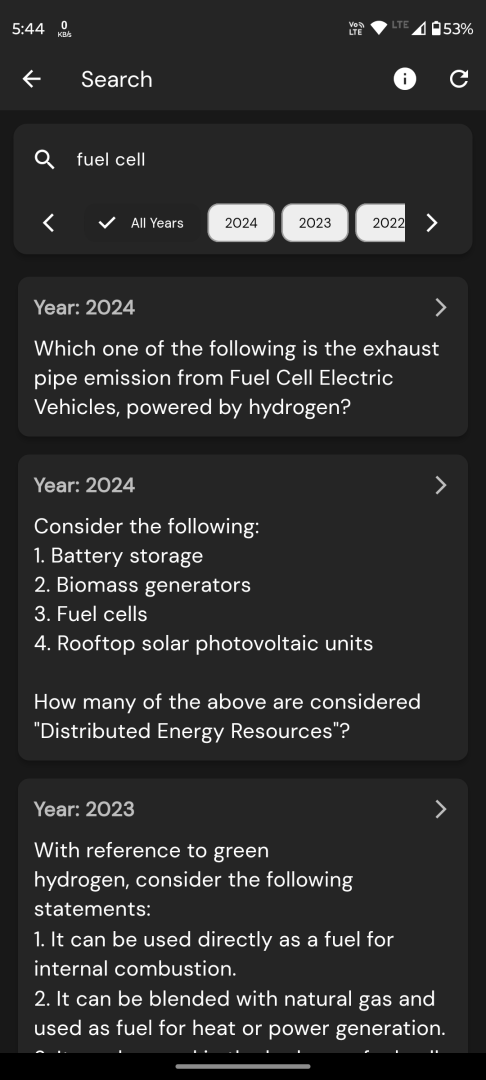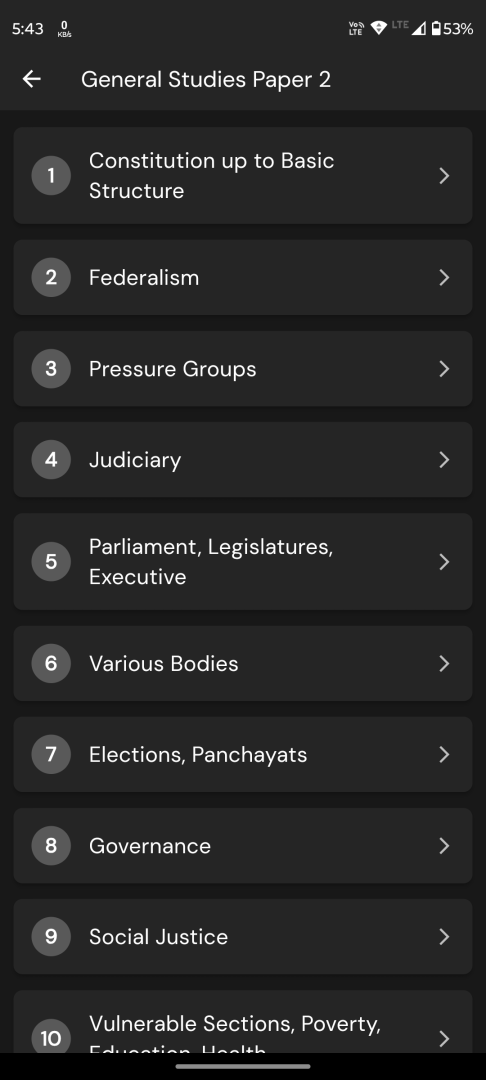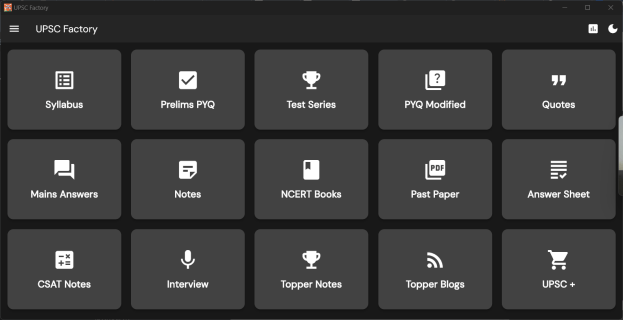Q35. Which reference to the role of biofilter in Recirculating Aquaculture System, consider the following statement
1. Biofilters provide waste treatment by removing uneaten fish feed.
2. Biofilters convert ammonia present in fish waste in nitrate.
3. Biofilters increase phosphorus as nutrient for fish in water.
How many of the statements given above are correct?
a. Only one
b. Only two
c. All three
d. None
Question from UPSC Prelims 2023 GS Paper
Explanation :
Correct Answer – b Only Two
Role of Biofilters in Recirculating Aquaculture Systems
In a Recirculating Aquaculture System (RAS), biofilters are crucial for maintaining water quality and providing effective waste treatment. These systems rely on biofilters for two primary functions:
1. Removing Uneaten Fish Feed
Biofilters are instrumental in removing uneaten fish feed and other suspended solids from the water. This function is vital to prevent the accumulation of waste materials in the system, which can lead to poor water quality and adversely affect fish health.
2. Converting Ammonia to Nitrate
Fish waste typically contains ammonia, which is toxic to fish in high concentrations. Biofilters utilize beneficial bacteria to convert ammonia into nitrite and then into nitrate through a process known as nitrification. Nitrate, being less harmful to fish, can be subsequently removed from the system via water exchange or denitrification.
Limitation of Biofilters in Phosphorus Management
While biofilters effectively convert harmful compounds like ammonia into less harmful ones like nitrate, they do not increase phosphorus levels in the water. Phosphorus is an essential nutrient for fish growth, but excess phosphorus can lead to issues such as algal blooms. Therefore, biofilters help maintain overall water quality but do not directly contribute to phosphorus nutrient levels.
So, Statements 1 and 2 are correct, while Statement 3 is incorrect. Therefore, the answer is b. Only two.
Source -> 06_Ras Booklet Eng.pdf (nfdb.gov.in)





